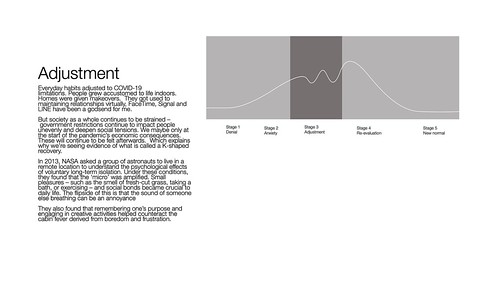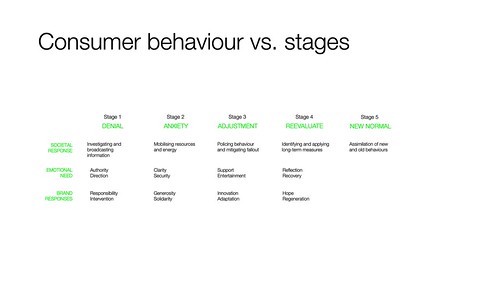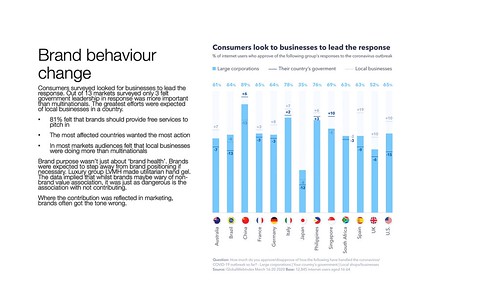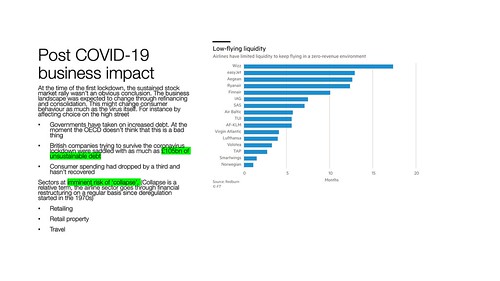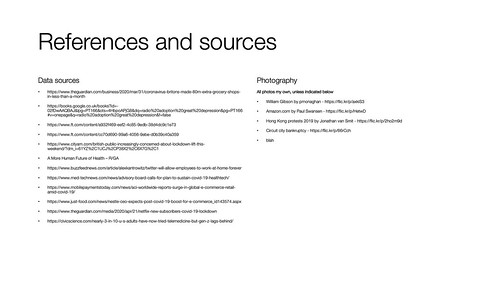Copycats everywhere: Hong Kong designers of popular Covid-19 mask holders dismayed by flood of fakes | South China Morning Post – Chinese businesses don’t just rip off the west and other countries, but are copycats even of Hong Kong Chinese products as well. In this respect the copyrights resemble the early 19th century industrialist in the US who were inveterate copycats themselves. Charles Dickens saw is own books copied in the US without his permission and affected American writers who found their works published by copycats abroad.
Fascinating reading that shows Trump’s appeal is broader and more complex than racism and bigotry – South Vietnam’s Flags at the Capitol Riot – Asia Sentinel – its presence signifies support of a group for Trump – in this case, support from a sizable number of Vietnamese Americans. Their biggest and most apparent reason is that Trump was the best-suited and toughest person to stand up against China, whose expansionist and imperial designs have harmed Vietnam in recent decades. In their view, the Chinese Communist Party (CCP) is bent on territorial and other forms of gains and control vis-à-vis a largely impotent Vietnamese government. Anti-Chinese and/or anti-CCP sentiments are hardly exclusive to first- and 1.5-generation Vietnamese Americans. These sentiments are shared among groups as different as Chinese dissidents and immigrants from the Philippines. Surveys have indicated that similar to Vietnamese Americans, a lot of Filipino immigrants have supported and voted for Trump. In fact, Trumpism has been stronger in Vietnam during the last few years than it is in the diaspora. Even though I haven’t seen surveys or studies about Vietnam, anecdotal evidence suggests that it has been overwhelming
How Brexit killed London’s EU stock trading — Quartz – some think the EU is almost certain to target the UK’s euro-derivatives clearing business. Whereas stock trading of EU company shares is a minor prize, the multi-trillion-dollar swaps market is about much more than just bragging rights. Handling such a titanic amount of derivatives is lucrative and brings with it an ecosystem of skilled jobs and financial expertise
Dior reunites with Shawn Stüssy for a Chinese New Year collection | Input – continued blending of streetwear and luxury
One of the best histories that I have read of the streetwear label Stüssy. It only misses out Shawn Stüssy’s second life in streetwear with S/Double – Stüssy | The Journal | MR PORTER – the rarely mentioned record of the International Stüssy tribe has a hiphop track on one side and reggae on the other. It is pressed in France and the hiphop sides definitely sounds like Ronin Records FORCE n KZee. Ronin Records was part owned by International Stüssy Tribe member Alex Turnbull. I hadn’t realised that this had been put together for the first IST meeting in Tokyo. Many streetwear brands that have come along later have been copycats of Shawn Stüssy’s collaging aesthetic, cultural sampling and even the business model. Look at the way Nigo built up a less formal tribe around A Bathing Ape from Pharrell Williams to James Lavelle. Or the way Supreme took Shawn Stüssy’s cultural sampling to a new level. Rather that reinterpreting it like Stüssy had done with the Chanel logo homage or the repeating logo (a la Gucci or MCM); Supreme copycats Louis Vuitton, then collaborates with them 17 years later.
China Technology – Big boots. – Radio Free Mobile – I think that regulatory interference at Alibaba may result in a fine or two but nothing that is going to fundamentally damage the company. Ant Group is another matter, and the mooted restructuring may substantially diminish the value of this company to both Jack Ma and Alibaba with the real value accruing to a new state-owned enterprise.
Hence, when looking at Alibaba, I am inclined to look at a scenario where the company pays a fine of $1-2bn but continues to operate as before and one where Ant Financial is worth $0 to Alibaba – and this FT article adds weight to this viewpoint – Beijing orders Chinese media to censor coverage of Alibaba probe
OnlyFans Leaks: Leaked OnlyFans on NSFW ThotHub Target Sex Workers | Mel Magazine – guessing that this won’t end well for some of them
BBC’s Everyman series was usually focused on religious and tangential products, so this episode was a bit more unusual when it looked at rave culture.
Advertising & Marketing Trends that will dominate 2021
China tried to punish European states for Huawei bans by adding eleventh-hour rule to EU investment deal | South China Morning Post – interesting but unsurprising, also worthwhile considering in conjunction with China hits back at foreign sanctions on Chinese companies and individuals | South China Morning Post
Flipper Zero — Tamagochi for Hackers by Flipper Devices Inc. — Kickstarter – wireless signal and protocol sniffer hacking tool in a small easily carried gadget
Chinese investor buys controlling stake in AMI -Fashion Network – The strategic investment marks the latest Paris runway brand to have been acquired by a Chinese investor, following the acquisition of Lanvin by Fosun International in September 2005. Sequoia Capital China is a venture capital firm based in Beijing, which has taken stakes in over 600 companies since being founded – including JD.com, Alibaba, Meituan and Wanda Cinemas – though not in any noted fashion brand. I find it fascinating that Sandhill Road stalwart Sequoia Capital is moving investment from technology to a fashion play. Not only that, but that it has happened in its Chinese business that is focusing on the ‘new’ Silicon Valley companies in China
Prospering in the pandemic: 2020’s top 100 companies | Financial Times
Putting the bed to bed // THE FUTON
Hong Kong Arrests Are Next Big Test Since National Security Law – Bloomberg – Hong Kong’s authorities insist they are acting to prevent chaos. Opposition figures wanted to plunge the city into an “abyss” and create “mutual destruction,” Secretary for Security John Lee told a briefing. While the process to force the chief executive’s resignation is set out in the Basic Law, Hong Kong’s de facto constitution, the national security law forbids “seriously interfering in, disrupting, or undermining the performance of duties and functions” of the government. Irrespective of this apparent contradiction, the root of Hong Kong’s political dysfunction lies in the government’s lack of democratic legitimacy. The opposition activists could not threaten such action if they did not have popular support; indeed, their program aimed to increase pressure for a more democratic system, as promised in the Basic Law – more explanation from the South China Morning Post’s Inkstone – The primary election that resulted in Hong Kong’s national security mass arrests – Inkstone
China’s Communist Party targets Chinese abroad to rally support | South China Morning Post – that would promote views of Chinese diaspora as fifth columnists. I don’t think that its a smart move, but instead a desperate move. Presumably Chinese political theorists think that multiculturalism will give them air cover for policy manipulation in other countries.








